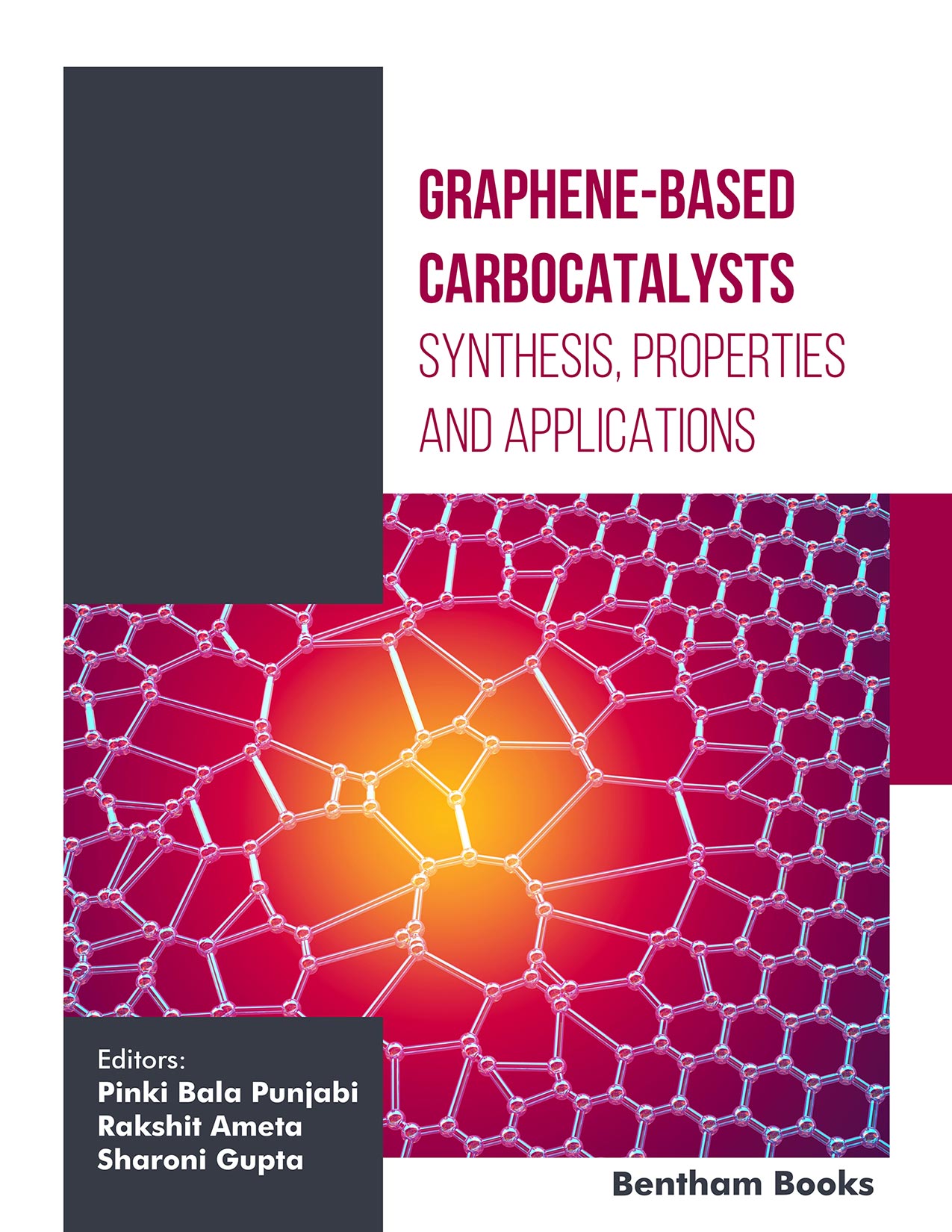Introduction
This book informs readers about recent advances in graphene carbocatalysis encapsulating the current developments in the syntheses, properties, characterizations, functionalization and catalytic applications of graphene, its derivatives and composites. It serves as a comprehensive primary reference book for chemistry and engineering students who are required to learn about graphene chemistry in detail. It also serves as an introductory reference for industry professionals and researchers who are interested in graphene research as well as its emerging applications in catalysis and beyond.
Volume 2 presents information about the industrial applications of graphene-based materials. It starts with graphene-based photocatalysis and progresses into the electrochemical applications of related materials. Highlighted applications in this domain include the use of graphene for hydrogen production and in electrodes for electrochemical sensors. It also covers developments in graphene-based smart energy materials. The final chapter of the volume summarizes the future of graphene-based material technology.
Audience Chemistry and engineering students who are required to learn about graphene chemistry; industry professionals and researchers interested in advanced graphene-based catalysis

